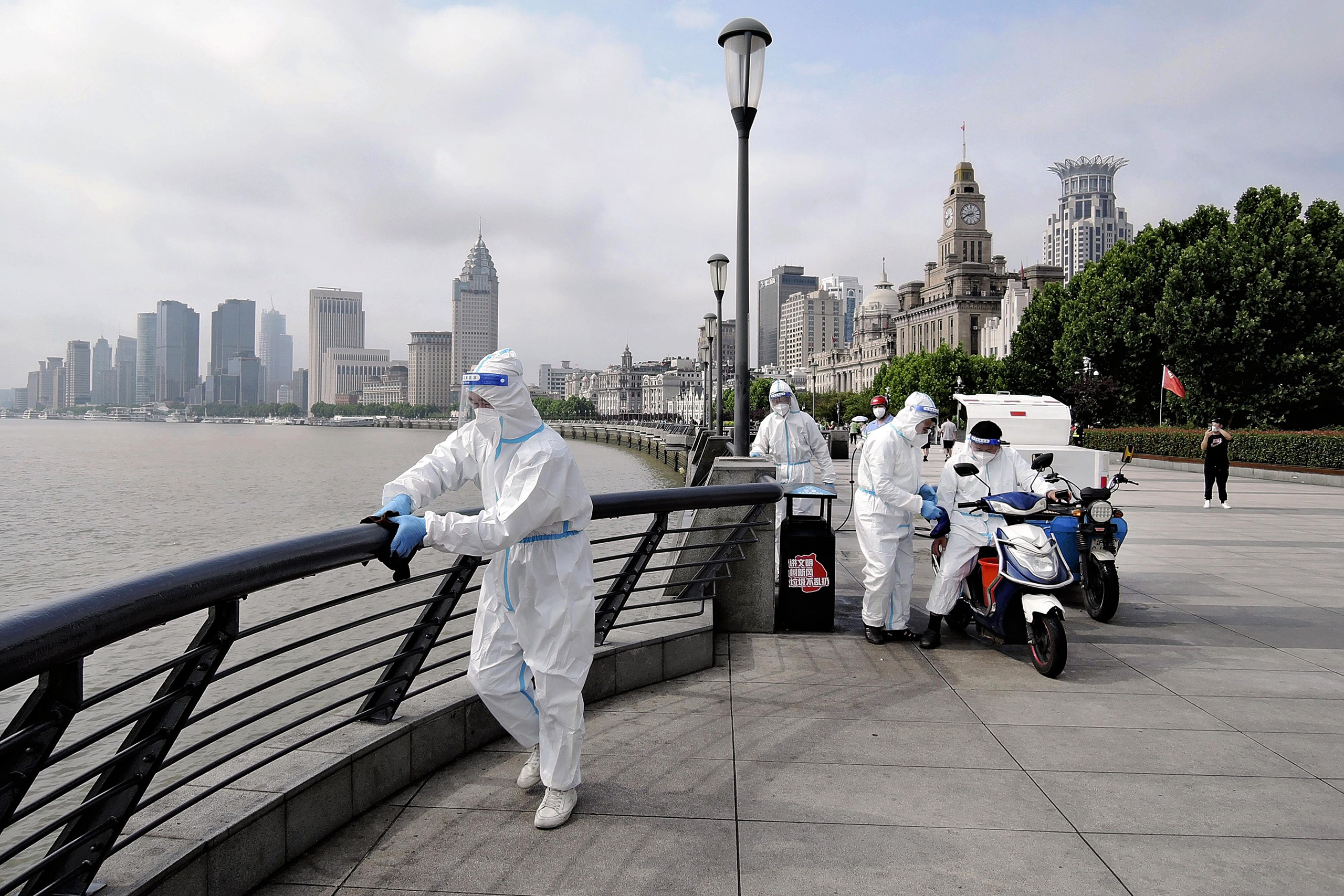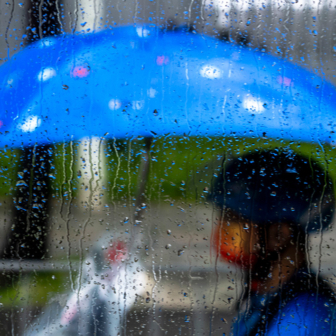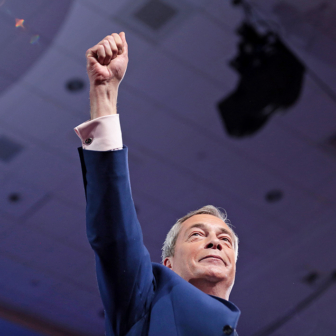China and the United States are typically seen as opposites, their points of conflict accentuated under recent leaderships by “wolf warrior” rhetoric, trade disputes or military activities. Yet the two countries have important features in common. Citizens of both express strong nationalist sentiment. One was, and the other now is, the global leader in manufacturing. Each sees the other as its primary strategic opponent.
Our tendency is to assess superpower relations in the longer-term, largely because so little of what is important is immediately visible. In today’s febrile environment, though, the immediate seems critical.
In Breakneck: China’s Quest to Engineer the Future, technology analyst Dan Wang uses anecdote and memoir to highlight fundamental differences between the two. China, he says early on, is an engineering culture, but lawyers and lawyering shape the United States. Happily, his extended essay moves rapidly from stereotypes to useful observations and analysis. It’s a refreshing book, largely because he draws on his own recent experiences.
Wang, whose parents emigrated with him to Canada, spent six years until 2023 as an investment researcher in China. Reading his descriptions of Covid’s evolving menace and the “security state” experiences of younger Chinese, a reader might wonder whether there is a generational divide at work in China that is largely being ignored. When the People’s Daily published a collection of Xi Jinping’s remarks about youth in May 2023, it was read as an appeal for them not to evade responsibility for the nation’s future. But the phrase that stuck, possibly because it was repeated five times, was the suggestion that young people needed to “eat bitterness” if they were to help advance China’s goals.
Wang escaped from Shanghai to rural Guizhou during early Covid, cycling through one of China’s poorest provinces that has become a poster child for the nation’s huge infrastructure program — and for the unsustainable debt accrued in many regions and cities. Later, he recounts experiences of young Chinese who have opted out, perhaps permanently, by moving to isolated parts of the country or overseas. A lot of talk now is about young Chinese “lying flat” in the face of what is a relatively bleak career outlook.
For Wang, Covid is a negative example of the leadership’s engineering mentality. My own China friends told me at the time that Shanghai’s management of Covid was effective and flexible, but when Beijing imposed a heavy-handed zero-Covid policy — with rigidly enforced lockdowns and constant testing but little practical support — Shanghai’s experience turned dire.
Sometimes, the only thing scarier than China’s “problems are Beijing’s solutions,” Wang writes. “That is one of the defining characteristics of the engineering state.” Provincial officials covered up Covid until it became unmanageable; Beijing reacted by suppressing everything at very great cost.
Wang goes to some lengths to fill out this picture of the Covid experience, reminding us of the horrors of families, parents and individuals whose lives were lost or ruined by the disease — and the cure. He also provides insights into the effects of the one-child policy, another approach engineered without regard for the people concerned. In those two policy examples Wang reveals something that may be vital to a proper understanding of China’s outlook.
Back in 1980, China’s leadership had barely begun the “opening up” and modernisation that led to its remarkable economic transformation. Deng Xiaoping’s leadership cohort was well aware of the horrific impacts of rising population and poor farm production in Mao’s years. Song Jian, a missile scientist educated in Moscow, took a line through China’s population trend and forecast that by the middle of this century it would reach 4.5 billion. In fact, Wang points out, China’s fertility rate — 6.0 at the start of the 1970s — had already fallen to 2.7 when the one-child policy was rolled out.
Today, Chinese families typically have one child: a national fertility rate of 1.0, and falling. The consequent decline and the growing aged share of population have caused Beijing to develop strenuous measures to promote bigger families. So far, they aren’t working. They might even be counterproductive. Wang points to one significant effect of the new fertility drive: its diminution of the role of women in society. Intrusive calls, nagging questions about childbearing, even a version of neighbourhood watch for pregnancy are features of an engineering response that seems to serve only to further discourage reluctant mothers.
The World Bank estimates, meanwhile, that China will have about 160 million fewer citizens by 2050 than it does today and its dependent share of population (children and people over sixty-four) will grow from 21 to 52 per cent.
In his account of the Covid lockdowns, Wang exposes why Beijing could fail in its effort to solve the population challenge. In November 2022, despite a rigid national policy of “dynamic zero targeting,” Covid was rampant. In early December, China’s zero-targeting was abandoned. No announcement, no new policy; it just stopped. Wang thinks the problem was Beijing itself, which had been overrun by the virus. Other provinces and large cities, exhausted financially and physically, had already relaxed their strictures. When it came to imposing a harsh policy in the capital, the leadership decided its controls weren’t tenable.
China is often assumed to have an advantage in facing complex challenges. A country that can demand its youth “eat bitterness” is seen as having an advantage over nations more responsive to voter sentiment. But Wang’s account accords with other indications of a more responsive Chinese leadership while confirming its stringent discipline in pursuing Communist Party goals. The persistent unknown is the state of debate within the party’s upper echelons, which usually emerges only over time.
In October 2022, ten years after his ascension to China’s leadership, Xi Jinping presided over a closing session of the National People’s Congress at which his immediate predecessor, Hu Jintao, was removed in humiliating fashion. Xi was in the process of consolidating his power and extending his term, but that televised breakup with the party’s older generation was both abrupt and undoubted. Xi flagged something bigger than a transition. But what?
One answer offered by a US academic, Xuezhi Guo, is that Xi has restored the concept of “core leadership” and, in dispatching Hu, signalled that the “collective leadership” built by Deng Xiaoping and his peers was over. In his 2019 book, The Politics of the Core Leader in China, Guo argues that China’s culture and politics requires “core leadership.” Until Deng and his cohort — all powerful veterans of the party’s evolution — vacated leadership positions, the post-Mao collective approach relied mostly on Deng’s “core” authority, which also underpinned the leadership of Jiang Zemin.
After Deng died in 1997, Jiang’s successor, Hu, was unable to convince peers that he was up to “core” status, and the party factions carved up power among themselves.
Xi didn’t arrive in the job through steady, obvious progression. He failed more than once to gain admission to the party’s higher levels and was not an obvious successor to Hu. On Guo’s and other accounts, influential party figures were anxious about endemic corruption and gripped by existential concerns following the collapse of the Soviet Union. Later, according to observers familiar with high-level Chinese thinking, the 2008 financial crisis seriously upset Chinese perceptions of the United States as an example. And it also seems clear that the broad leadership knew that the game was up for China’s growth model, which had become hugely wasteful of capital and increasingly ineffective in delivering economic growth.
Wang makes much of Xi’s elevation of technocrats — scientists and engineers — within the new leadership. He also acknowledges that while more creative types might well leave the country (as might some who’ve made a lot of money), Xi and the party retain support for the obvious reason that living standards have improved spectacularly over the past forty years. Both Wang and Guo say that delivering still-higher living standards is Xi’s defining mission. This is quite a challenge.
Guo thinks Xi must establish a wholly new strategy and objectives that lay a path for his successors. Rather than a power grab, his accumulation of authority across the key political, military and security structures is about driving change. Guo notes that key policy priorities are run by “leading groups” under Xi’s direction rather than through the Politburo Standing Committee. He also notes that Xi’s anti-corruption drive is (naturally) unpopular among elites but has huge public support.
For his part, Wang implicitly raises an important question about Xi’s program: will this generation, having grown up amid growing prosperity, be willing to endure the costs of change?
Xi has strong support among the descendants of party veterans — the so-called princelings. According to Guo, he was also backed by Jiang Zemin. These are people with ample experience of the hardships of the past and a very strong attachment to the centrality of the party — not to mention a fondness for the perquisites many of them receive because of their status. As Xi’s changes bite, those elites will be forced to give up a great deal.
As Wang notes, Guizhou — scene of his cycling trip — is one of China’s poorest provinces and yet has amazing new infrastructure and shocking levels of local government debt. It’s an extreme example, but unsustainable provincial debt continues to weigh very heavily. Decades of investment in policy-driven goals has left China with excess production in steel, cars, photovoltaics and aluminium — and a property market that, having collapsed, is now a serious burden.
Despite Beijing’s urgings, provinces are unlikely to cut back on that excess voluntarily. Meanwhile, Xi is driving further modernisation hard, promoting not only scientific and technical innovation but also new, more efficient ways to do what Chinese companies already do. He wants China to lead in areas like biosciences but also to be the best at making car parts.
China is making determined progress on its goals. So far, its authorities are unsatisfied with how debt is being handled and aren’t allowing the public to see what lurks inside the financial system. On the progressive agenda, there are signs that Beijing is demanding much better outcomes from the vast funds pouring into science and innovation. DeepSeek’s AI surprise changed perceptions of what China can achieve. But while the flood of money is no doubt attracting Chinese scientists to return, there are ample signs of waste and corruption.
Xi needs to sell China’s young people on what Wang cleverly describes as the idea that technology is people. Wang contrasts that perspective with the American idea of technology as (intellectual) property. China highlights the making of things — the technology of how things are done, how problems are solved and how innovation is realised.
Wang and Guo — both US-based academics — differ in one final way. Wang reads as if he doubts China’s authoritarian turn can succeed. Guo’s emphasis is a cultural perception: the “core leader” has no choice but to succeed. The implication being that once Xi Jinping exhibits signs of failure, he becomes non-core. •
Breakneck: China’s Quest to Engineer the Future
By Dan Wang | Allen Lane | $54.95 | 288 pages
The Politics of the Core Leader in China
By Xuezhi Guo | Cambridge University Press | $71.95 | 437 pages




